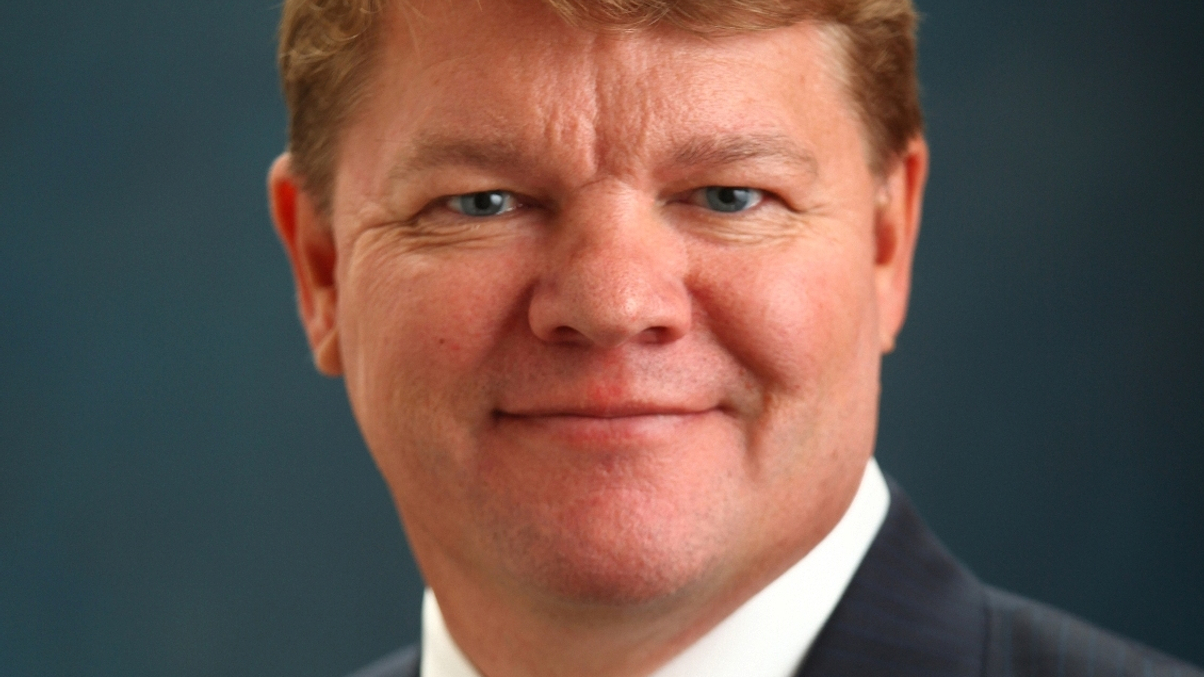Barclays on fixed income advisory buildout
The UK bank is building out its fixed income advisory services in Asia Pacific. It will also add FX specialists and eventually unveil an SRI advisory programme.

Barclays is building a fixed income research and institutional advisory business in Asia Pacific, and yesterday named Sonia Lee as regional head of fixed income advisory.
Sign in to read on!
Registered users get 2 free articles in 30 days.
Subscribers have full unlimited access to AsianInvestor
Not signed up? New users get 2 free articles per month, plus a 7-day unlimited free trial.
¬ Haymarket Media Limited. All rights reserved.


